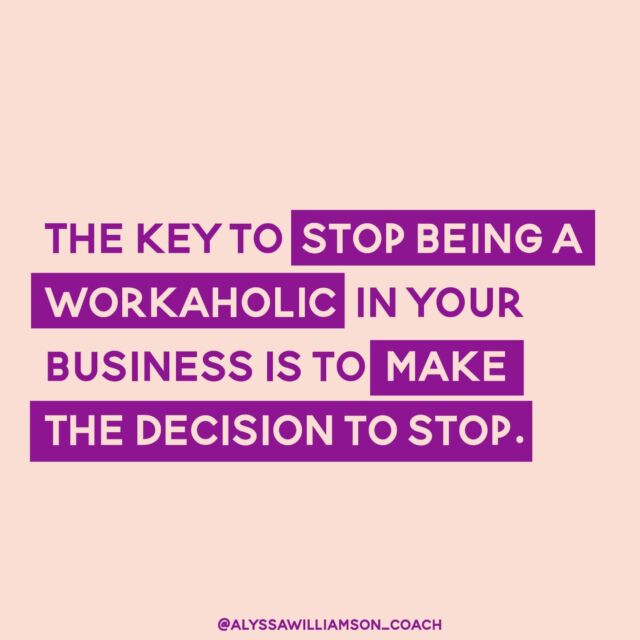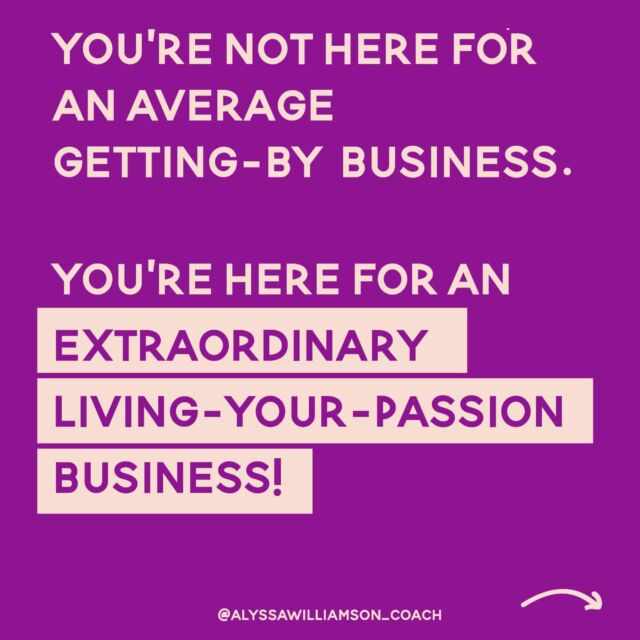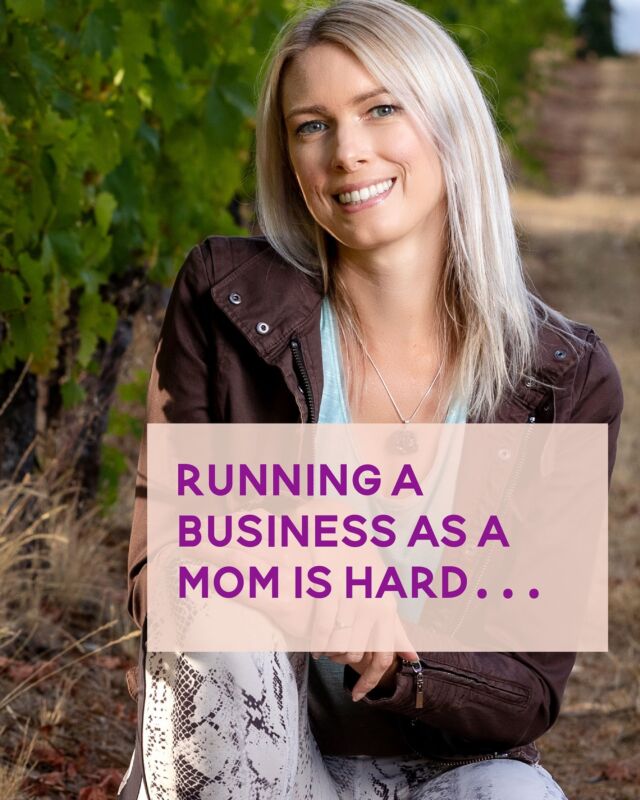Unless you’ve been living under a rock, you know that blogs are all that anyone is talking about; everyone is using them, from large brands to nonprofits to startups. Not every business needs a blog, but blogging is an ideal platform for generating creative content and increasing your business’ visibility for search engine optimization and inbound marketing.
Let’s look at the facts. Statistics from just last year report that “B2B businesses with blogs generate 67% more leads per month than those without.” (Check out the full infographic from Digital Information World on 2015 Marketing Trends.)
Blogging is also a great way to create trust between your brand and your clients, as you provide useful information online and become an expert resource to them. According to Hubspot, “Blogs have been rated as the 5th most trusted source for accurate information online.” If your audience sees you continually publishing relevant information and engaging content, they begin to trust your business as a reputable source. Blogging for business enables you to reach your target market, build credibility, and establish your brand identity. However, we know that continually generating blog content can be a difficult task.
So here are some blog content ideas for the next time you’re feeling stuck and staring at a blank screen or sheet of paper. (Writing has actually been shown to engage the brain more than typing!)
Blog Content Ideas
1. Create a “How-To” Post
“How-To’s” are a great way to create posts that are beneficial to the reader. When browsing online, people want to find information that is useful to them. This is why many content marketers suggest talking less about yourself on your blog and focusing on your audience. You inevitably will talk about yourself, as it is your blog, but be sure to keep your audience in mind! This will help you gain more readers.
When writing a “how-to” post, detail every step of the process. This is the perfect opportunity to incorporate images, videos, and infographics! Create a video tutorial for your audience or include pictures to show a process. People read images much faster than words, so it’s great to have visuals to break up your text.
2. Tell a Story
Another great type of blog content is narratives. All blog posts can include a story, but some posts can be more focused on the descriptive aspect than others. Telling stories adds a personal touch and shows that you are personable.
If your business provides a service, share a recent success story on your blog. This provides insight into what you offer your customers and how your business fulfills a need.
Pro Tip: The ideal blog length is at least 300 words. It’s debated whether longer or shorter posts are more beneficial. We recommend varying the length of your posts; have some longer detailed ones and a few short and sweet topics as well. To avoid posts being “too long”, proofread for unnecessary filler text and (again) use visuals! Also, make sure your content is SEO friendly – Yoast recommends using search terms (or keywords) “about 1 to 2 percent of your text.” So if this posts contains 900 words, we should include our search term about 9 times.
3. Answer a Question
The first step in creating a post based on a question is to think about your audience.Who are your readers and what are they interested in? What are their concerns? What aspect of your business or company do you frequently get asked about?
Blog posts are a great way to clarify things to your clients, provide more information about your business, and offer engaging content. Answering a question in a blog post demonstrates the authenticity of your business. It allows you to show your expertise.
4. Build Off Images
When people go to a blog site, they’re not expecting to read a novel. Large sections of text can be overwhelming, and images are a great way to deliver a message quickly. Also, starting with a visual is a great way to get creative if you’re feeling stuck on what to write about.
Well-known and reputable online marketer, Neil Patel, uses many images in his blog posts to engage readers. Take one of his recent blog posts on QuickSprout as an example, which includes over 20 images! Patel doesn’t shy away from images, and wisely so.
He uses them to break the information into smaller sections and involve the reader. If he didn’t use images, his blog posts would be very dry.
Visuals also all you to provide a variety of content through various means. Have fun with your blog posts and start using photographs, videos and infographics!
Pro Tip: Make sure your images are explained and have a purpose. Don’t put in an image or visual just because or because it looks pretty, otherwise you may actually come off as lazy. Support your visuals with some text and further explain it to your viewer.
Bonus Blogging Tips
We love blogging so much, so we figured we would offer a few more tips to help you!
Create a Plan
If you’re new to blogging, or have yet to start, making a blog plan will give you a peace of mind and take off the pressure of having to continually come up with content. Pick a day of the week and set aside an hour to brainstorm future blog topics. If you have a plan, sitting down to write is much less intimidating and also allows you to be more efficient in your blogging process.
Create Evergreen Content
Evergreen content is content that basically doesn’t grow old and remains relevant to your readers. So an example of content that is general information, rather than news or trends or statistics.
An article from Hubspot offers some examples for evergreen content, one of them being “how-to” posts!
We’ve helped our clients generate blog posts to reach their specific target audience. If you’re unsure of how a blog can benefit your business, get in touch with us today to discuss some marketing content strategies.
Also, check out our Pinterest board, which we keep updated with helpful blogging information!
Follow Designflair’s board Blogging Tips & Tricks on Pinterest.

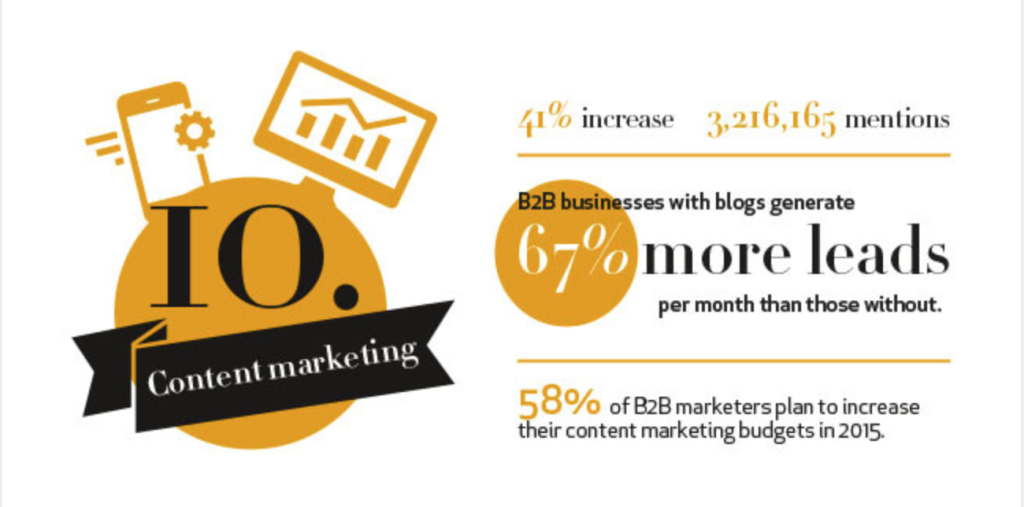
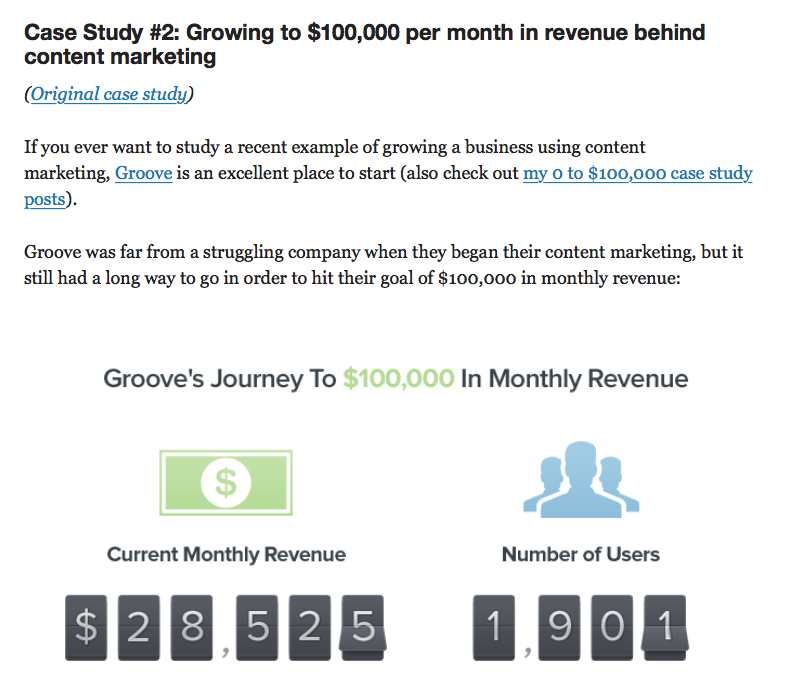
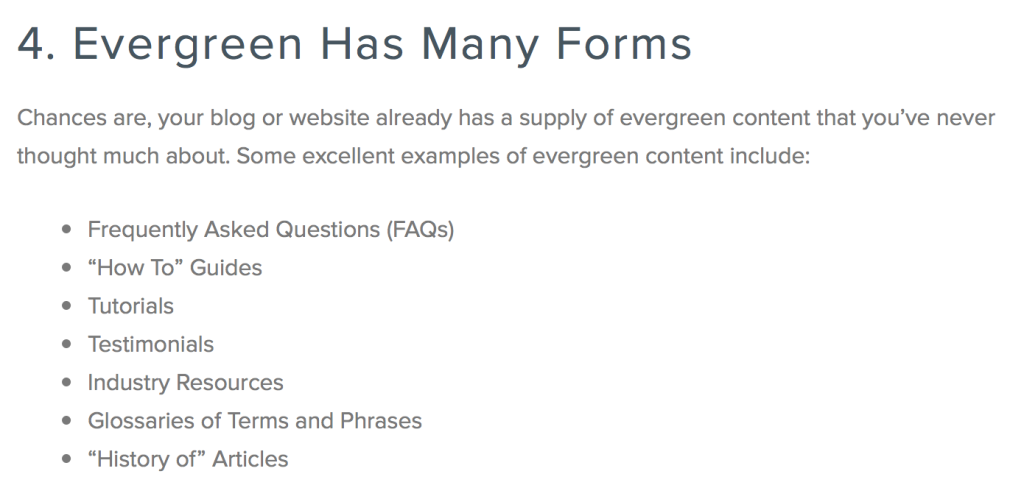

 , Work Less, Profit More...Create a Life You're Freakin Obsessed With
, Work Less, Profit More...Create a Life You're Freakin Obsessed With 



